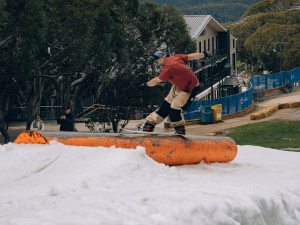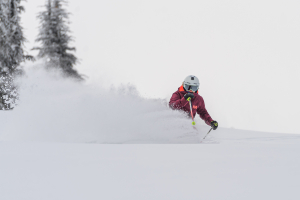Gear Guide: The Ski Boot Buyer’s Checklist
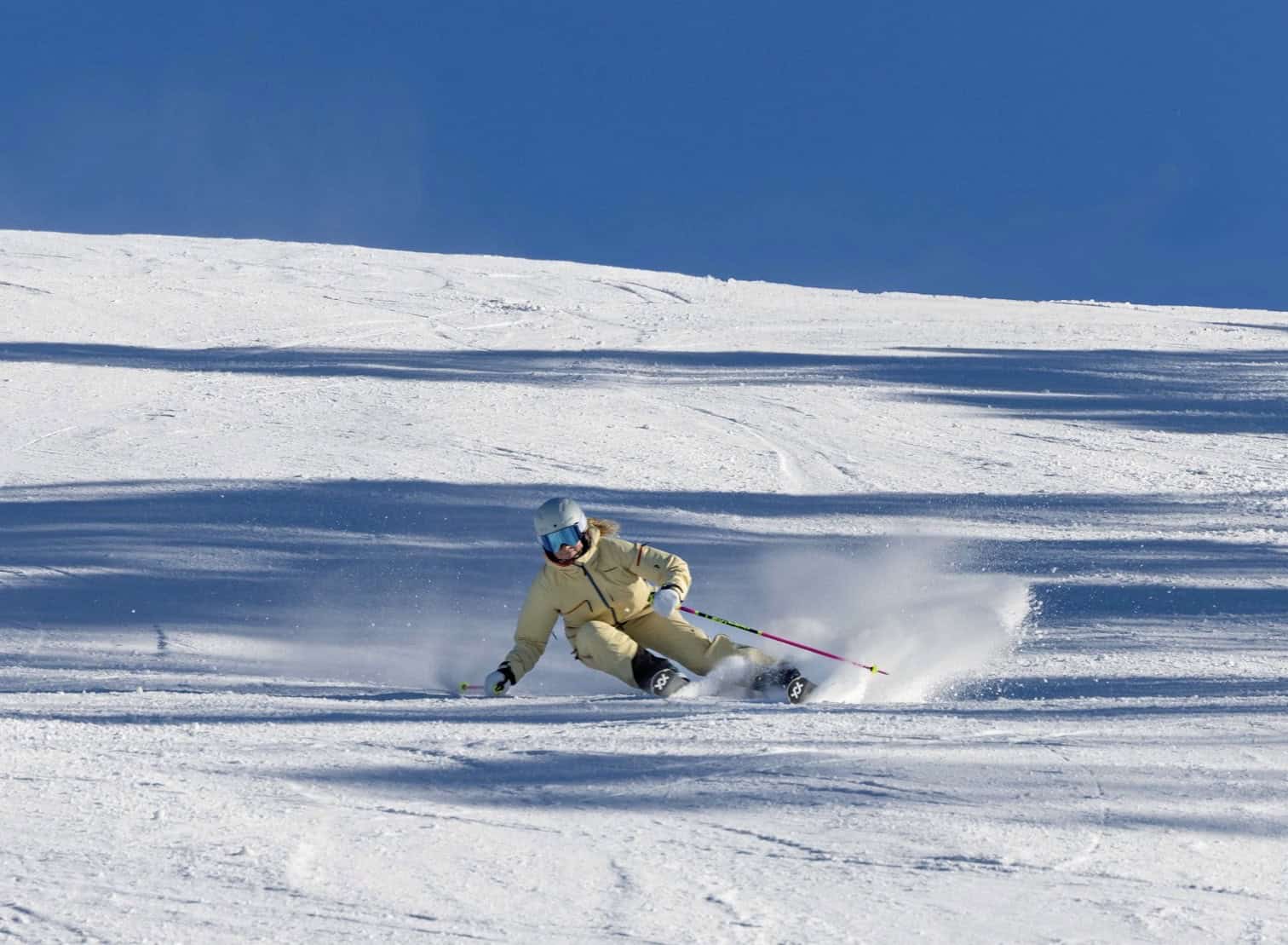
Mountainwatch | Gear Guide
The 2024 snow season is almost here and if you’re a skier looking to get the most of your days on the hill, then you need to be wearing the right ski boot. To point you in the right direction we’ve gone to the experts at Ortho Ski and asked Ray Wills to offer a few tips on finding the best-fitting ski boot for you.
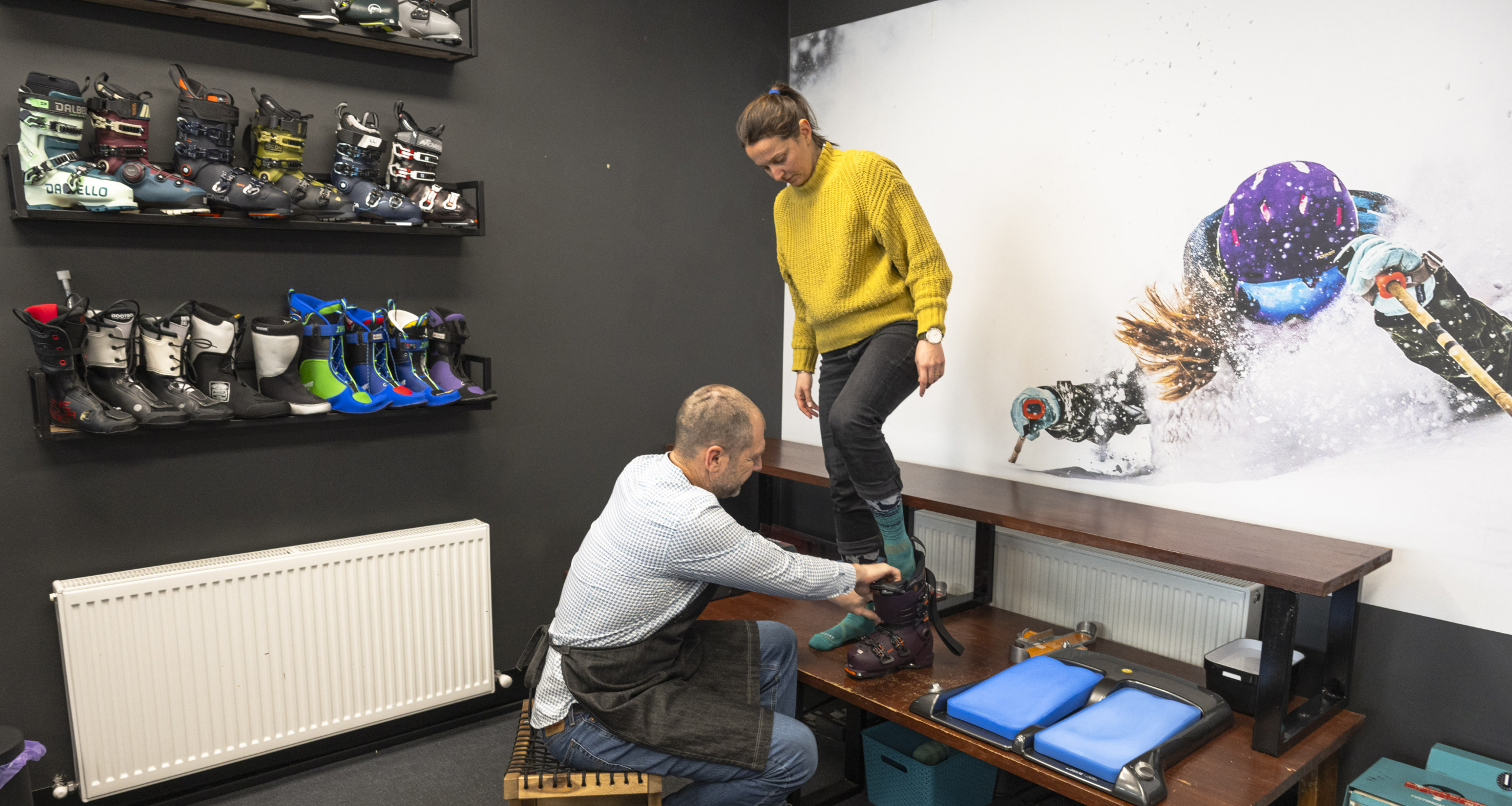
Before you fall in love with the colour, the brand, or the idea of a boot that promises Olympic performance, stop. Take a breath (and maybe a seat). Ski boots aren’t just another piece of gear—they’re the make-or-break item that can determine whether your day on the slopes is bliss or blisters. A good boot fit isn’t about size alone or fancy features; it’s about how the boot supports you—your anatomy, your ability, your style of skiing, and your snow goals.
So, before you slap down the credit card, ask the right questions. You’re not speed dating, this is a long-term relationship.
Step 1: Has it been measured right?
Get measured with a proper Brannock tool while seated. Trust the measuring device – it’s right 99% of the time. But these only measure length, so the next step is vital.
Don’t go down a size length unless you really know what you are doing.
Step 2: Does the shape fit?
The right boot shape should comfortably hold your ankle firmly and give you toe space when you’re in your ski stance.
Boots come in low, medium and high volume. If you have a low volume (skinny) foot, don’t fall for a high-volume boot – it will feel like an Ugg boot and ski like one too. If you’re ankles and toes feel great, but you need a little space on the side of your pinkie toe – that’s an easy fix and something that can be done by your boot-fitter without compromising how the boot functions. If you have serious pressure on the front of your ankle or top of your foot, that boot is not for you.
Step 3: Is the boot type right for me?
Make sure the boot is not too soft or too stiff. You can check this in the shop by putting all your weight on one leg and flexing forward in the buckled-up boot. You should be able to move it, but it should hold your weight before your heel comes off the ground. (Hot tip: if you’re a beginner, don’t fall for a “beginner” boot. These are pretty much too soft for everyone. Check the flex to know).
Discuss your ski style, whether you like bumps, groomers or racing. But remember that getting a boot based on how and where you ski 5% of the time will compromise your skiing performance and comfort for the other 95% of the time. For example, a ski instructor teaching on Friday Flat six days a week will have very sore feet if they do it in a World Cup race boot.
Step 4: How does it feel?
“Tight” and “even” and the key words for a boot fit, not soft and snuggly. How tight? You should be able to do the boots up tight to get great control, and you should be able to relax your foot with the buckles undone.
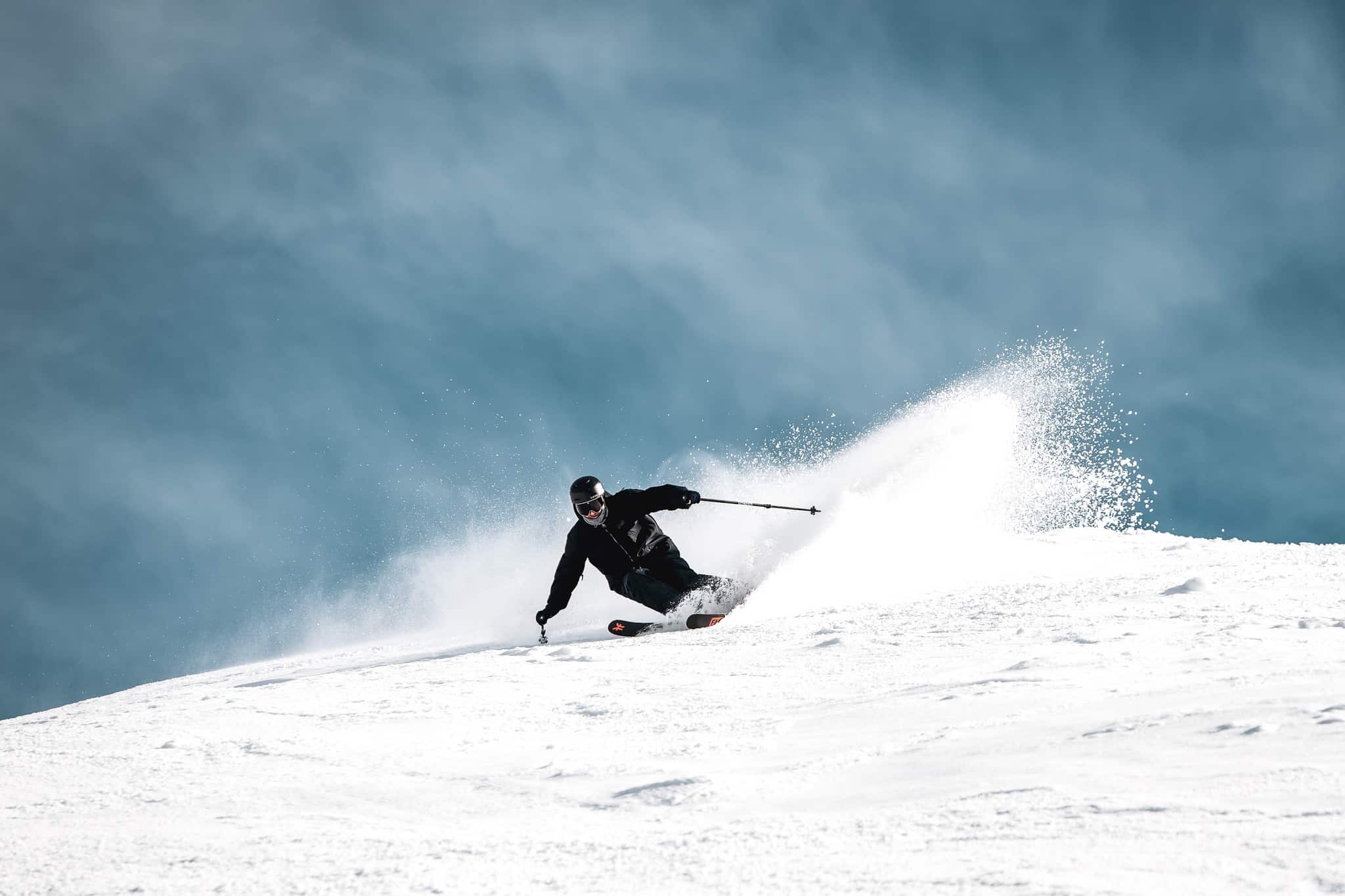
Extra considerations
Many boot brands are coming out with BOA systems. They’re great, but they won’t resolve any serious fit issues you may have. It’s just another buckle system, not magic.
Get some footbeds. Feet evolved for walking, not skiing. Ski boots are designed to have footbeds supporting the foot. Off the shelf footbeds do half the job for half the skiers. Custom footbeds are better for everyone.
Finding the right ski boot isn’t about chasing trends or squeezing into what your mate wears—it’s about making sure the boot fits you. Get the fit right, and the rest is all downhill—in the best possible way.
For more info on finding the right ski boot head to orthoski.com.au
